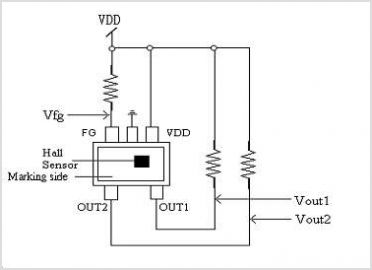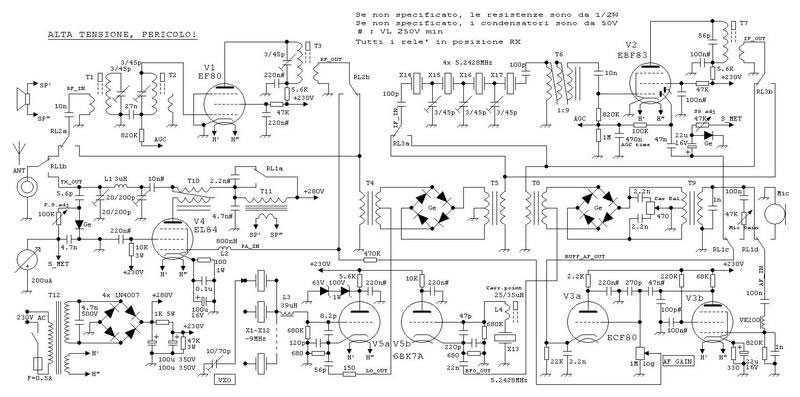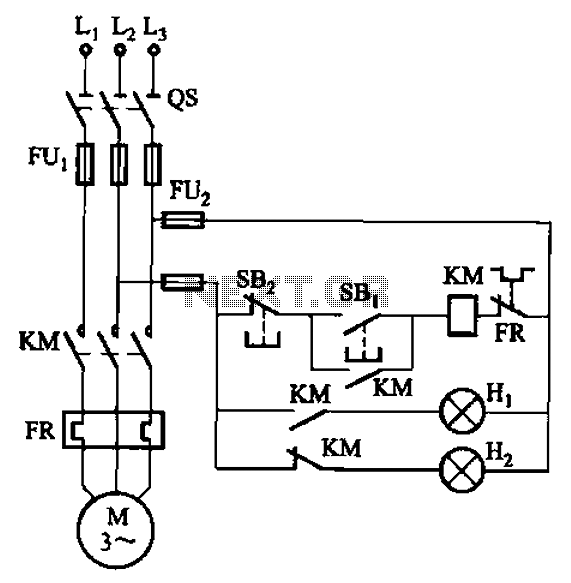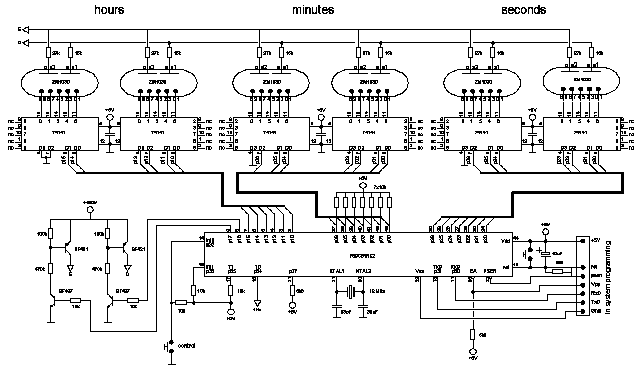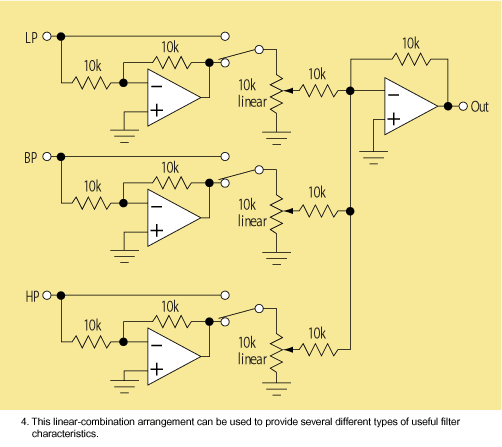
Fun with Geissler tubes
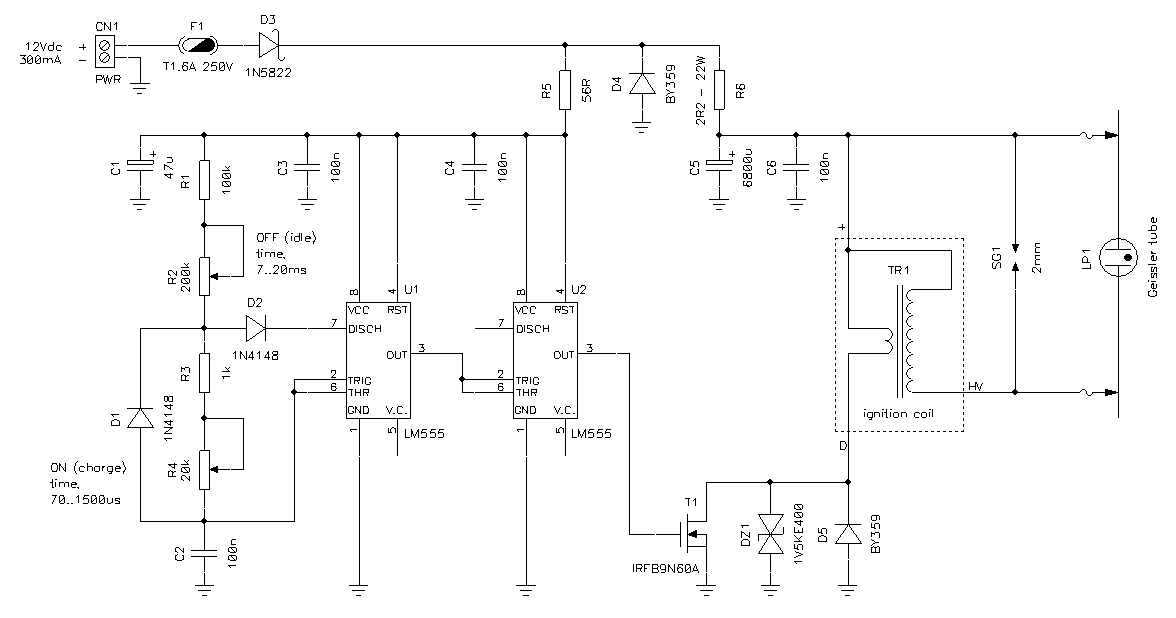
A collection of Geissler tubes and a Ruhmkorff coil. The tubes were handcrafted by blowing glass around the year 1900. Initial attempts to power the tubes with the original Ruhmkorff coil were unsuccessful. Subsequently, a CCFL (Cold Cathode Fluorescent Lamp) driver circuit from an old laptop was also tried, but that failed as well. The required voltage to strike the tubes was unknown, and caution was exercised to avoid damaging these valuable artifacts. A decision was made to purchase a new Geissler tube, which are still in production, and to design a dedicated power supply for it. Geissler tubes are the precursors to modern neon sign tubes and are primarily used today as decorative items and scientific curiosities. They consist of a sealed glass tube, typically between 10 cm and 1 m long, with two electrodes at each end. The interior is evacuated and filled with low-pressure gas (around 1 mbar). When current flows through the gas from the electrodes, it produces a glow, and fluorescent materials within the tube also emit light. The gas type influences the glow color: air produces a bluish hue, neon yields red, hydrogen appears pink, and various additives can create other colors, such as uranium glass for yellow-green. Geissler tubes may also contain additional elements like glowing powders or liquids and can have special targets for visual effects. Similar to neon tubes, Geissler tubes require a high striking voltage, with a lower sustaining voltage during operation that is relatively independent of tube current. Invented by Heinrich Geissler in 1857, these tubes significantly influenced the development of modern devices such as fluorescent lamps, X-ray tubes, and cathode ray tubes. Traditionally, Ruhmkorff coils power these tubes, constructed from simple materials and capable of being built at home, albeit with considerable effort. A Ruhmkorff coil is an electromechanical device akin to transformers and relays, capable of stepping up battery voltage to generate high-voltage pulses sufficient to ignite Geissler tubes. The primary coil consists of a limited number of turns of thick wire, while the secondary coil has many more turns of thin wire. Insulation techniques, such as using insulating paper foils or dividing the secondary into smaller insulated windings, are necessary to prevent arcing. The basic operation involves current flowing from the battery through the primary coil and a normally closed switch. As current increases, a magnetic field builds in the core, attracting the switch to open the circuit. This collapse of the magnetic field induces a high-voltage surge in the secondary winding, generating peaks of several kilovolts. As the magnetic field dissipates, the switch closes, and the cycle repeats. Working Ruhmkorff coils produce a buzzing noise, and sparks can be observed at the switch contacts. A capacitor in parallel with the switch forms a resonant circuit that helps extinguish the arc, prolonging the switch's lifespan.
The Geissler tube operates on the principle of gas discharge, where the low-pressure gas inside the tube becomes ionized when subjected to a sufficiently high voltage. This ionization allows for the conduction of electricity, resulting in a luminous discharge that varies in color depending on the gas used. The design of the Geissler tube is crucial; the shape and size can affect the efficiency of gas ionization and the overall brightness of the glow.
The Ruhmkorff coil, essential for generating the high voltage needed to ignite the Geissler tube, employs electromagnetic induction principles. The primary coil, with fewer turns, creates a magnetic field when energized. The sudden interruption of current induces a high voltage in the secondary coil, which has a much larger number of turns. This design allows for the efficient conversion of low voltage to high voltage, making it suitable for applications requiring substantial voltage spikes.
In constructing a dedicated power supply for Geissler tubes, careful consideration must be given to the voltage ratings and the type of gas used within the tube. A power supply circuit must incorporate voltage regulation, current limiting, and safety features to protect both the tube and the user. Additionally, using modern electronic components can enhance the reliability and efficiency of the power supply while maintaining the aesthetic and functional qualities of the original Geissler tubes.
Overall, the combination of the Geissler tube and the Ruhmkorff coil represents a fascinating intersection of historical technology and modern engineering practices, showcasing the enduring legacy of early electrical experiments.A box full of Geissler tubes and a Ruhmkorff coil. He said his grandfather built the tubes by blowing the glass around 1900, more than one century ago! He wanted to see if the tube still worked, but a first attempt of powering them with the original Ruhmkorff coil failed. Than, we tried with a CCFL (Cold Cathode Fluorescent Lamp) lamp driver circuit found in an old laptop computer, but this
failed as well. At that time, we had no idea of the voltage required to strike the tubes and, of course, we didn`t want to break or blow up these precious tubes with too much power. So we decided to buy a brand new Geissler tube (yes, they are still manufactured) and designed a dedicated power supply.
A Geissler tube is the ancestor of the modern neon sign tubes commonly used for advertising. Today it`s mainly a decorative glowing object, a scientific curiosity and a nostalgic souvenir of the past. It`s composed by a sealed glass tube of any shape, usually between 10cm and 1m in length. It has two electrodes, one on each end, while the interior is evacuated and filled with a low pressure gas (something like 1mbar).
A current flowing from the electrodes through the gas make the gas glow and fluorescent materials used to build the tube glow as well. The gas determines the color of the glow: air will glow bluish, neon will glow red, hydrogen will glow pink, and so on.
Some elements are often added to the glass to make it also glow and determine its color: the most common is uranium glass that glows yellow-green. Sometimes Geissler tubes are mounted inside bigger glass tubes filling the space in-between with glowing powders or liquids.
Sometimes, special targets can be found inside the tube for some more special effect (see the picture section below ). As common neon tubes, Geissler tubes requires a high striking voltage, and once the tube is on, the voltage across it drops to a lower sustaining voltage with little dependence on tube current.
Geissler tubes were invented by Heinrich Geissler in 1857 and had a large impact on the development of many modern devices such as fluorescent lamps, flash lamps, X-ray tubes, cathode ray tubes, and many others. The historic method for powering these tubes is with a Ruhmkorff coil. It requires only common simple materials and can be homebrewed, even if it`s a long and tedious task.
The Ruhmkorff coil is an electromechanical device with close relationship with transformers and relays. It`s able to step-up the voltage of a battery and generates high voltage pulses, strong enough to strike Geissler tubes.
The primary is usually composed with a small number of turns (tens or hundreds) of thick wire while the secondary has a many more turns (several thousands) of very thin wire. Some insulation techniques are required to avoid arcing inside the coil such as insulating paper foils between layers or splitting the secondary in many insulated smaller windings connected in series.
The basic schematic is shown in the figure below and works as follows: At the beginning the current flows from the battery through the primary of the coil, through the switch (which is normally closed) and back to the battery. As the current increases and the magnetic field builds up in the core of the coil, it attracts the switch that will suddenly open the circuit, collapsing the magnetic field and inducing a high voltage surge in the windings.
Since the secondary winding has many more turns than the primary, the surge on the secondary will be proportionally higher and peaks of several kilovolts are easily obtainable. As the magnetic field disappears, the switch closes again and the cycle repeats itself. Working Ruhmkorff coils make a buzzing noise and a spark can clearly be seen on the switch contacts. The capacitor connected in parallel with the switch makes a resonant circuit and quenches the arc in the switch (making it last longer)
🔗 External reference
The Geissler tube operates on the principle of gas discharge, where the low-pressure gas inside the tube becomes ionized when subjected to a sufficiently high voltage. This ionization allows for the conduction of electricity, resulting in a luminous discharge that varies in color depending on the gas used. The design of the Geissler tube is crucial; the shape and size can affect the efficiency of gas ionization and the overall brightness of the glow.
The Ruhmkorff coil, essential for generating the high voltage needed to ignite the Geissler tube, employs electromagnetic induction principles. The primary coil, with fewer turns, creates a magnetic field when energized. The sudden interruption of current induces a high voltage in the secondary coil, which has a much larger number of turns. This design allows for the efficient conversion of low voltage to high voltage, making it suitable for applications requiring substantial voltage spikes.
In constructing a dedicated power supply for Geissler tubes, careful consideration must be given to the voltage ratings and the type of gas used within the tube. A power supply circuit must incorporate voltage regulation, current limiting, and safety features to protect both the tube and the user. Additionally, using modern electronic components can enhance the reliability and efficiency of the power supply while maintaining the aesthetic and functional qualities of the original Geissler tubes.
Overall, the combination of the Geissler tube and the Ruhmkorff coil represents a fascinating intersection of historical technology and modern engineering practices, showcasing the enduring legacy of early electrical experiments.A box full of Geissler tubes and a Ruhmkorff coil. He said his grandfather built the tubes by blowing the glass around 1900, more than one century ago! He wanted to see if the tube still worked, but a first attempt of powering them with the original Ruhmkorff coil failed. Than, we tried with a CCFL (Cold Cathode Fluorescent Lamp) lamp driver circuit found in an old laptop computer, but this
failed as well. At that time, we had no idea of the voltage required to strike the tubes and, of course, we didn`t want to break or blow up these precious tubes with too much power. So we decided to buy a brand new Geissler tube (yes, they are still manufactured) and designed a dedicated power supply.
A Geissler tube is the ancestor of the modern neon sign tubes commonly used for advertising. Today it`s mainly a decorative glowing object, a scientific curiosity and a nostalgic souvenir of the past. It`s composed by a sealed glass tube of any shape, usually between 10cm and 1m in length. It has two electrodes, one on each end, while the interior is evacuated and filled with a low pressure gas (something like 1mbar).
A current flowing from the electrodes through the gas make the gas glow and fluorescent materials used to build the tube glow as well. The gas determines the color of the glow: air will glow bluish, neon will glow red, hydrogen will glow pink, and so on.
Some elements are often added to the glass to make it also glow and determine its color: the most common is uranium glass that glows yellow-green. Sometimes Geissler tubes are mounted inside bigger glass tubes filling the space in-between with glowing powders or liquids.
Sometimes, special targets can be found inside the tube for some more special effect (see the picture section below ). As common neon tubes, Geissler tubes requires a high striking voltage, and once the tube is on, the voltage across it drops to a lower sustaining voltage with little dependence on tube current.
Geissler tubes were invented by Heinrich Geissler in 1857 and had a large impact on the development of many modern devices such as fluorescent lamps, flash lamps, X-ray tubes, cathode ray tubes, and many others. The historic method for powering these tubes is with a Ruhmkorff coil. It requires only common simple materials and can be homebrewed, even if it`s a long and tedious task.
The Ruhmkorff coil is an electromechanical device with close relationship with transformers and relays. It`s able to step-up the voltage of a battery and generates high voltage pulses, strong enough to strike Geissler tubes.
The primary is usually composed with a small number of turns (tens or hundreds) of thick wire while the secondary has a many more turns (several thousands) of very thin wire. Some insulation techniques are required to avoid arcing inside the coil such as insulating paper foils between layers or splitting the secondary in many insulated smaller windings connected in series.
The basic schematic is shown in the figure below and works as follows: At the beginning the current flows from the battery through the primary of the coil, through the switch (which is normally closed) and back to the battery. As the current increases and the magnetic field builds up in the core of the coil, it attracts the switch that will suddenly open the circuit, collapsing the magnetic field and inducing a high voltage surge in the windings.
Since the secondary winding has many more turns than the primary, the surge on the secondary will be proportionally higher and peaks of several kilovolts are easily obtainable. As the magnetic field disappears, the switch closes again and the cycle repeats itself. Working Ruhmkorff coils make a buzzing noise and a spark can clearly be seen on the switch contacts. The capacitor connected in parallel with the switch makes a resonant circuit and quenches the arc in the switch (making it last longer)
🔗 External reference
